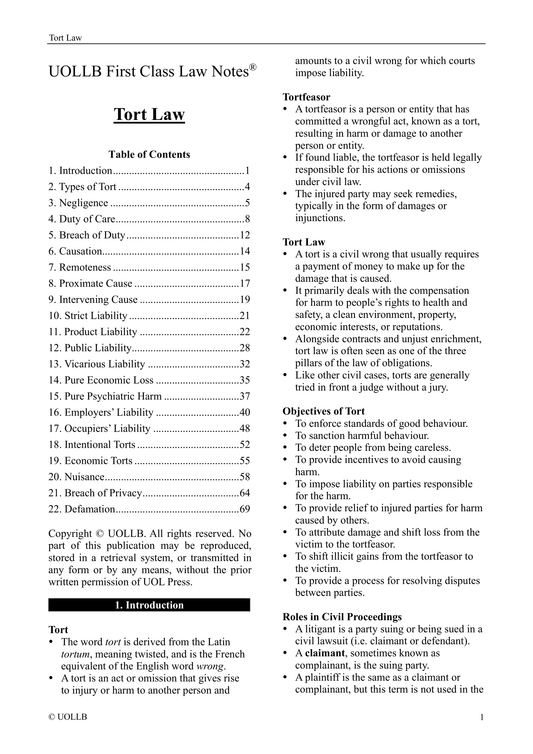How to Paraphrase Effectively
Share
Paraphrasing is a crucial skill in academic, professional, and creative writing. It involves expressing someone else's ideas in your own words while maintaining the original meaning. Effective paraphrasing not only demonstrates a deep understanding of the content but also helps avoid plagiarism. In this article, we will explore the strategies to master the art of paraphrasing.
Understand the Original Text
Before attempting to paraphrase, it is essential to thoroughly comprehend the original text. Read it multiple times to grasp the main ideas, key concepts, and the author's tone. Take note of any specialised terminology or unique expressions used.
Use Synonyms and Different Sentence Structures
One of the fundamental principles of paraphrasing is the substitution of words and phrases with synonyms. This not only helps convey the same meaning but also adds variety to your writing. Additionally, try restructuring sentences by changing the order of words, altering sentence length, or using a different grammatical structure while preserving the core message.
Focus on the Main Ideas
Identify the main ideas and key points of the original text. Your paraphrased version should retain these essential elements while presenting them in a new and unique way. Eliminate unnecessary details or examples that are not crucial to the core message.
Change Word Forms
Switching between different forms of words, such as changing nouns to verbs or adjectives to adverbs, can be an effective paraphrasing technique. This not only adds diversity to your writing but also ensures that you are not simply replicating the original text.
Combine Sentences and Split Long Sentences
Combining short sentences or breaking down lengthy sentences into smaller ones can alter the structure of the text. This not only aids in paraphrasing but also improves the overall readability of your writing.
Maintain Consistency with the Original Tone
While paraphrasing, strive to maintain the same tone and style as the original text. Consider the author's intent and the overall mood conveyed. Whether the original is formal, informal, technical, or conversational, your paraphrased version should reflect a similar tone.
Attribute Ideas Appropriately
When paraphrasing, it's crucial to provide proper attribution to the original source. Even though you are rephrasing the content, you are still drawing on someone else's ideas. Use appropriate citation styles (e.g. APA, MLA, OSCOLA) to give credit to the original author.
Revise and Proofread
After paraphrasing, carefully review your work to ensure that you have captured the essence of the original text accurately. Check for grammatical errors, clarity, and coherence. Make necessary revisions to enhance the quality of your paraphrased content.
Effective paraphrasing is a valuable skill that demonstrates your ability to interpret and communicate information in a unique way. By understanding the original text, using synonyms, changing sentence structures, and maintaining consistency, you can elevate your paraphrasing skills. Practicing these strategies will not only help you avoid plagiarism but also enhance your overall writing proficiency.




























































